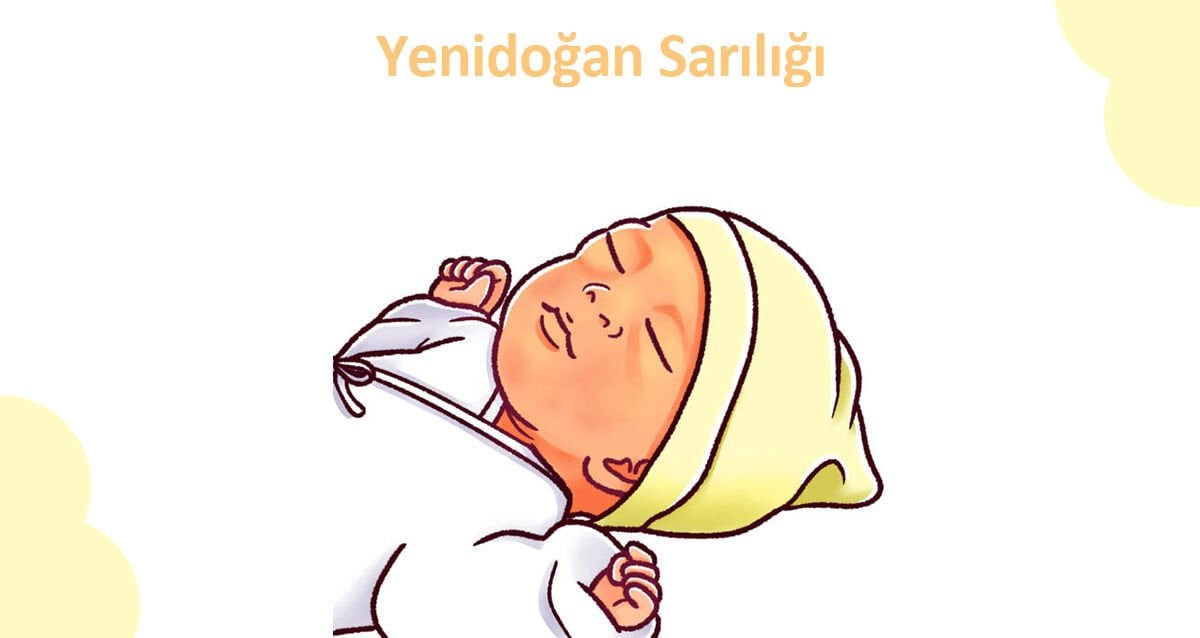Neonatal Jaundice
18-11-2024
11:56

The most common cause of jaundice in newborns is inadequate feeding. Newborns should be breastfed on demand, and this should not exceed two hours, especially in the first few days. If the baby is not fed adequately, problems such as increased jaundice and low blood sugar can occur. Feeding-related jaundice usually occurs 2-4 days after birth.
So, how is newborn jaundice detected? Jaundice is first detected by yellowing of the whites of the baby's eyes and skin. This yellowing begins at the head and progresses downward. If the baby's skin is also yellowing below the diaper area, you likely have advanced jaundice. To confirm, you can press your finger on the baby's nose or abdomen to see if the area around the pressure reflects red or yellow.
